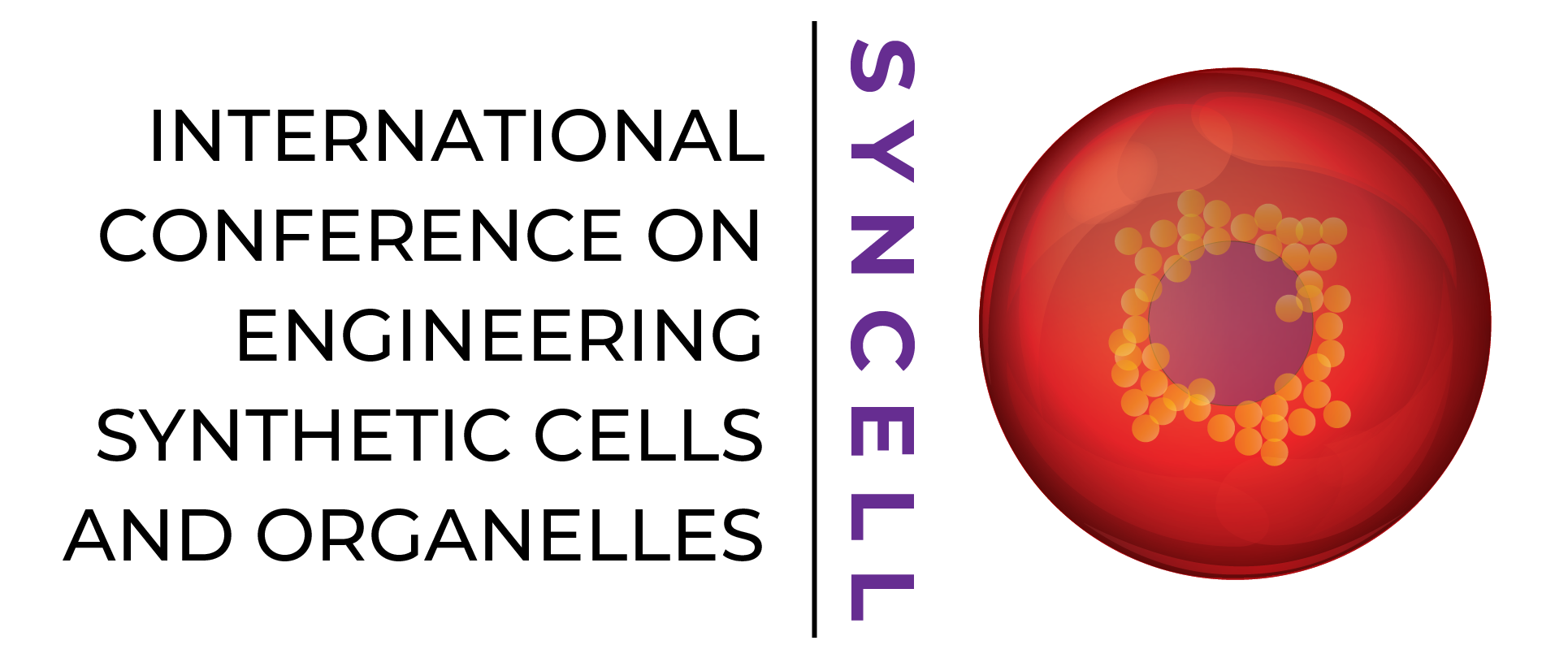
Superselectivity in synthetic protocells
Presented by: Cesar Rodriguez-Emmenegger
Leibniz Institute for Interactive Materials
Contributed Talk
Abstract
CESAR RODRIGUEZ-EMMENEGGER
Title: Superselectivity in synthetic protocells
DWI — Leibniz Institute for Interactive Materials
Forckenbeckstraße 50, 52074 Aachen, Germany.
rodriguez@dwi.rwth-aachen.de
Keywords: selectivity, synthetic vesicles, artificial endocytosis, dendrimersomes, comb-polymers
In this talk, I address the question: How can artificial superselectivity be accomplished in synthetic cell membrane mimics? Not only is this important to expand the understanding of biological systems, but also to develop synthetic protocells with life-like function. I will introduce our concept for superselectivity in synthetic cell membranes which requires the integration of (i) specificity, (ii) multivalency (to enhance binding but retain reversibility), (iii) 2D dimensional organization of receptors and (iv) concepts of cooperativity in binding. To tackle this my team has designed and synthesized new families of amphiphiles —comb-polymers and Janus dendrimers— that self-assemble into cell-mimetic vesicles. Although, these molecules do not exist in nature, the vesicles formed closely mimic the thickness, flexibility, and lateral 2D organization of cell membranes. These properties are precisely encoded in the chemical structure, architecture and topology of the macromolecular building blocks of the membrane. As an example, I will show our recent work where we discovered that the reactivity of sugar receptors towards lectins is enhanced by the 2D organization of sugars into nanoarrays (clustering) and raft-mimics (cooperativity) on the periphery of protocells.[1] Furthermore, this talk will show how to introduce life-like functions such as endocytosis of living bacteria without active cell machinery.[2]
[1] C. Rodriguez-Emmenegger, et al, Proc Natl Acad Sci U S A 2019, 116, 5376-5382.
[2] N. Kostina, K. Rahimi, Q. Xiao, T. Haraszti, S. Dedisch, J. P. Spatz, U. Schwaneberg, M. L. Klein, V.
Percec, M. Moeller, C. Rodriguez-Emmenegger, Nano Lett 2019, 19, 5732-5738.
